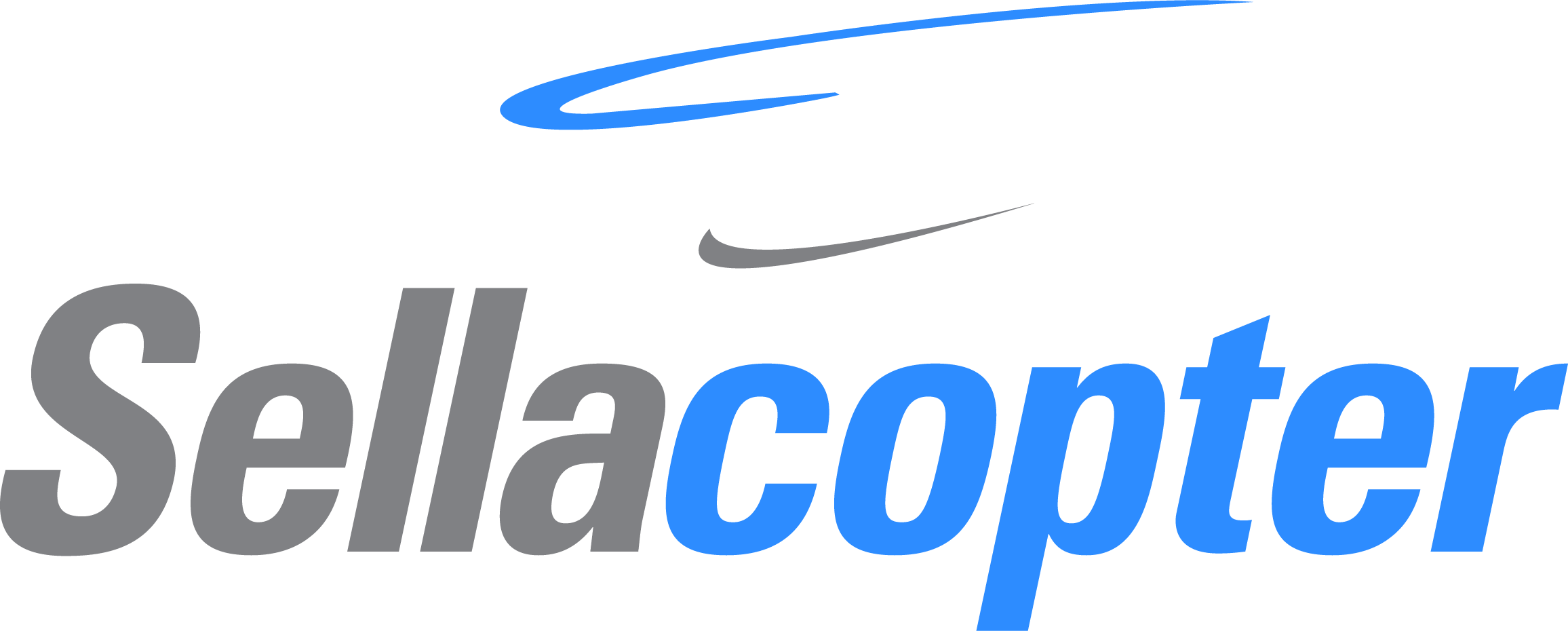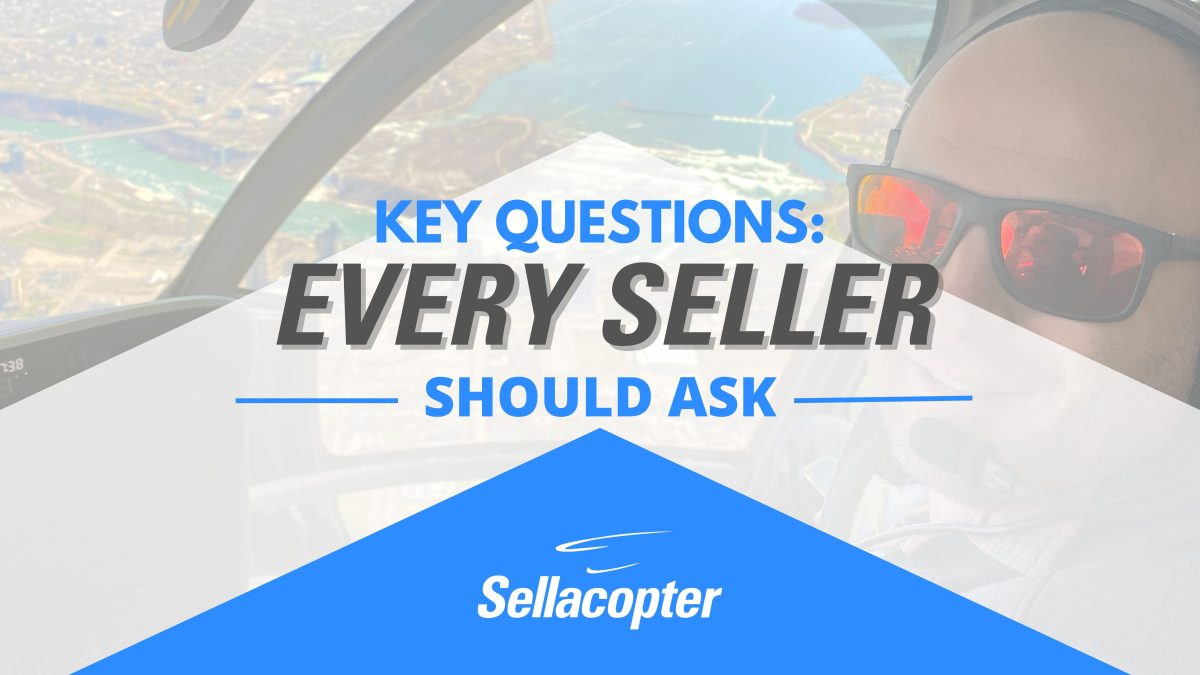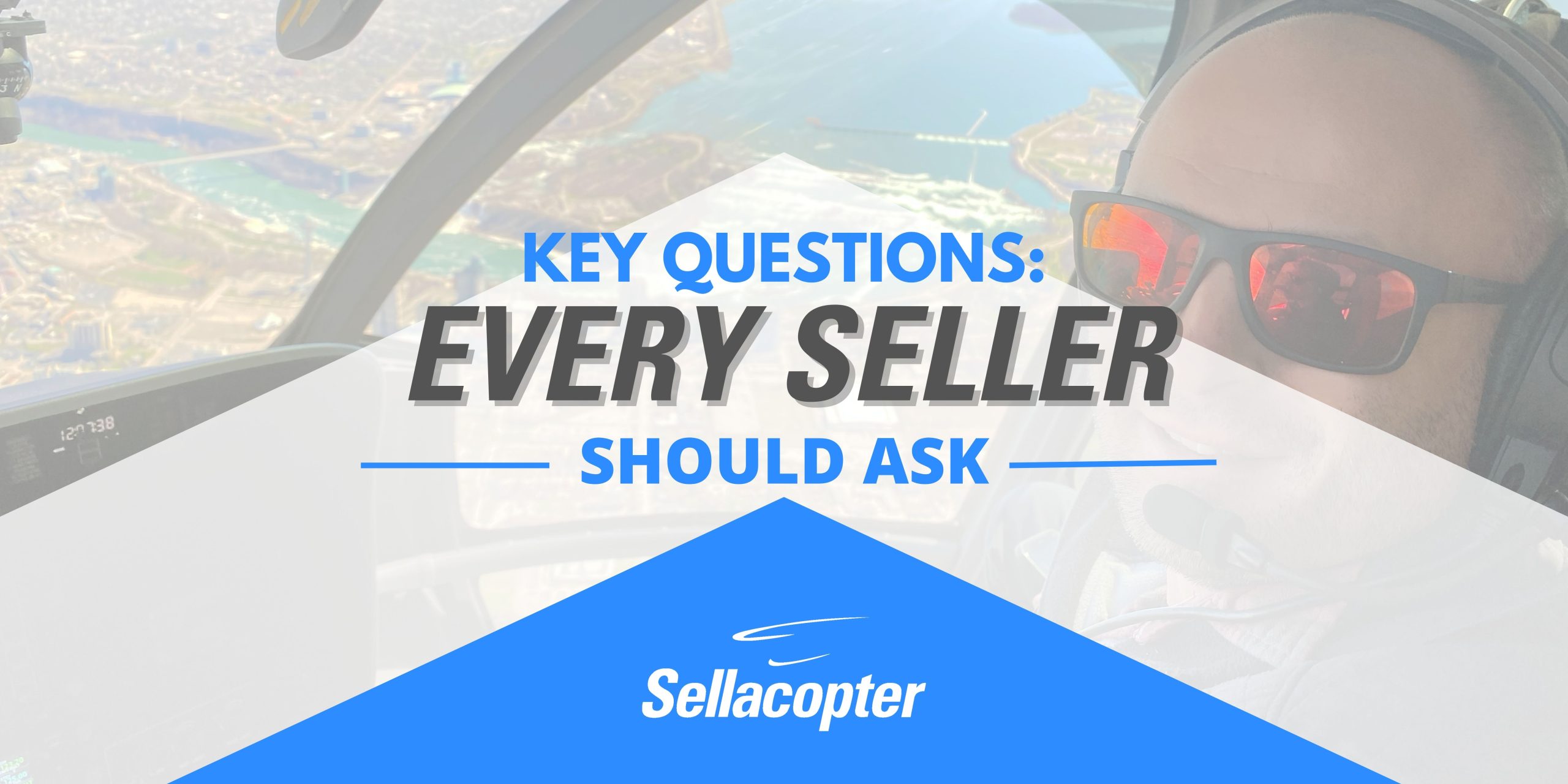- Sellacopter - List it. Sell it. Done.
- 1-855-SELLACOPTER


Selling your helicopter? Here are some KEY questions you should be asking.
Key questions every seller should ask
Lesson 1: “What am I supposed to do first?”
Due to my lack of experience and never selling anything with a substantial price tag, I did what everyone would do: I Googled, “How to sell a helicopter.” I found that there were a lot of services that provided brokerage help; however, I was determined to go about it myself. I stumbled across Controller.com and started looking through all the Robinson helicopters for sale. I thought, “Man, this will be easy!” All I need to do is, get some pictures, provide a little bit of detail, and “BOOM,” the helicopter will sell! I opened the Controller listing page, and my excitement quickly diminished. The site wasn’t just requesting a little bit of helicopter information. They were asking me to provide a ton of details – and I was clueless!
What I learned is that before doing anything, you must compile all of the available information about the helicopter – develop the entire scope – then, you might be able to put together an informative listing.
At Sellacopter, the first step(s) we take when listing a used helicopter is to start with the basics, then get to the more complex. Some information is easy to gather; in fact, you probably know some of the basics already, such as year, make / model, maybe even the current total time. Grab a piece of paper and start noting down everything you can about the helicopter. You’ll find that if you put yourself in the buyer’s position, the questions you ask yourself may become more complex or require more information.
Does the helicopter have damage? If so, in detail, explain the incident or accident. The helicopter was overhauled in 2017. Who did the overhaul, was it a service center, do they have a good reputation, did they replace all serialized components? Are there any components removed before the life limit, why was it removed early, at what date and aircraft total time, how much time remains on the replacing component? As you can see, the fundamental questions can lead to more complex answers.
This process should lead to several, if not more questions and answers – typically, our notes on “preliminary” vetting can take up two or three pages! It is also important to realize that these questions can range drastically between different make and model aircraft.
For example, the information I collect for an R44 will be less or look a lot different from a Bell 407GX. Conversely, preliminary vetting for a 407GX is different than an A Star.
The goal is to re-educate yourself on every facet of your helicopter. When developing your questions and subsequent answers, look from the perspective of, “What information can I add to my listing that will help a buyer easily learn more about my helicopter and ultimately make them want to buy it?” Do not leave the negative details out; if there is damage, make that known – buyers like honesty!
To conclude, spend an hour or two putting all the information together. You will need your logbooks and any other applicable aircraft publications to help answer your questions.
Move from primary to complex and put your “buyer” hat on. The thought is: “If I was buying, then what would I want to know?” Good luck, happy vetting, and remember – you can never have enough information.
